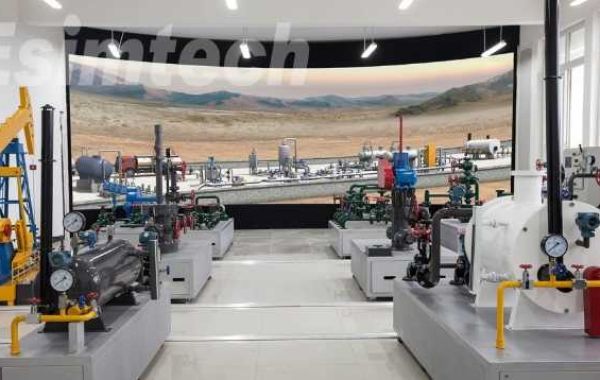Key Components of Oil Recovery Simulators
Reservoir Modeling:
Geological Modeling: Creating detailed 3D models of the reservoir, including rock properties, fluid distribution, and fault systems.
Petrophysical Modeling: Characterizing the reservoir's rock and fluid properties, such as porosity, permeability, and fluid saturation.
Fluid Flow Simulation:
Numerical Simulation: Using advanced numerical methods to solve the governing equations of fluid flow, heat transfer, and mass transfer.
Multiphase Flow: Modeling the flow of oil, gas, and water in the reservoir.
Well Performance Simulation:
Wellbore Modeling: Simulating the flow of fluids within the wellbore, accounting for friction, gravity, and wellbore damage.
Production Forecasting: Predicting future production rates and cumulative production based on reservoir and well performance models.
Benefits of Using Oil Recovery Simulators
Optimized Production Strategies:
Identifying optimal well placement and spacing to maximize recovery.
Designing efficient production schedules and well intervention strategies.
Evaluating the impact of different production techniques, such as waterflooding, gas injection, and thermal recovery.
Reduced Uncertainty:
Quantifying uncertainty in reservoir parameters and production forecasts.
Assessing the impact of uncertainties on economic viability.
Making informed decisions under conditions of uncertainty.
Improved Reservoir Management:
Monitoring reservoir performance and identifying potential problems early on.
Adjusting production strategies to optimize recovery and minimize production decline.
Extending field life through innovative recovery techniques.
Enhanced Economic Analysis:
Evaluating the economic viability of different development scenarios.
Identifying opportunities for cost reduction and revenue maximization.
Assessing the impact of changes in oil prices and operating costs.
By leveraging the power of oil recovery simulators, engineers can make data-driven decisions that optimize production, minimize risks, and maximize the value of oil and gas reserves. As technology continues to advance, simulation tools will play an increasingly important role in the future of the oil and gas industry.







